What if I told you that you actually didn’t know all that much about some of your old favorite games? Why it resonated with you so much or perhaps even what made them so great in the first place? What if there were some aspects in those very games that you took for granted, when in actuality they were flashes of brilliance in game design?
That is exactly what I’m telling you right now.
Don’t believe me? Read on and welcome to “Brilliance in Gaming.”
Breath of Fire V: Dragon Quarter
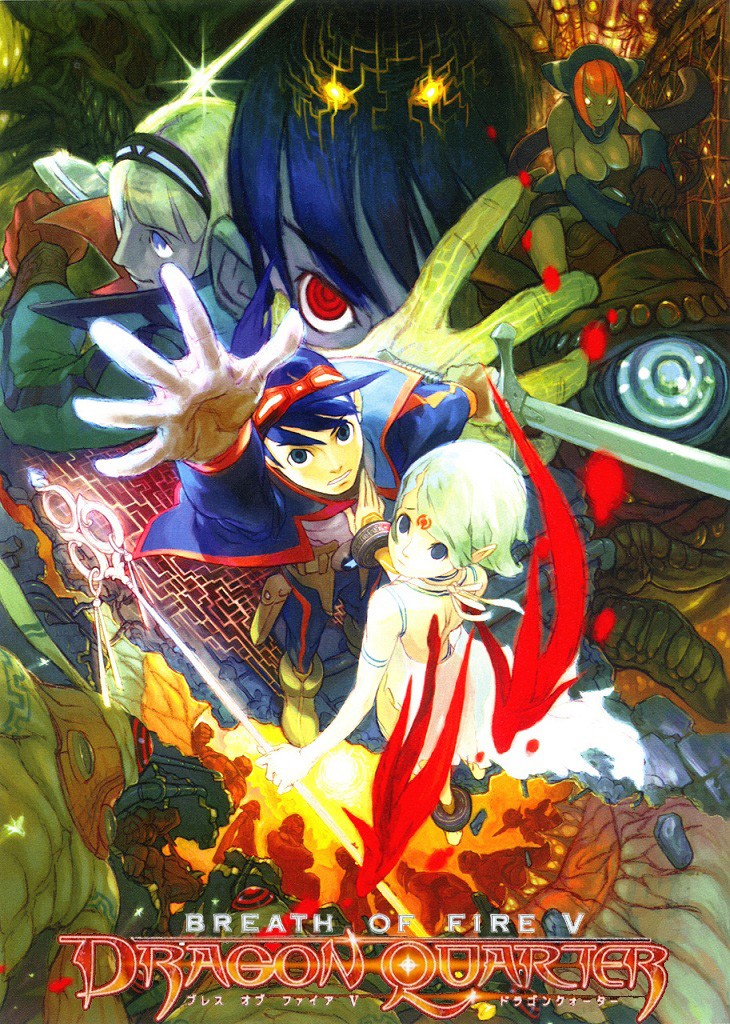
Heads-up display, which are more commonly known and abbreviated as “HUD” is commonplace in gaming.
Those little green and blue bars that indicate health and mana in an RPG or the numbers in the bottom right corner that shows how many bullets are left in the clip of your gun in an FPS.
You know the ones.
Sometimes, we go too far with them trying to stay on top of all the information the game has to offer.
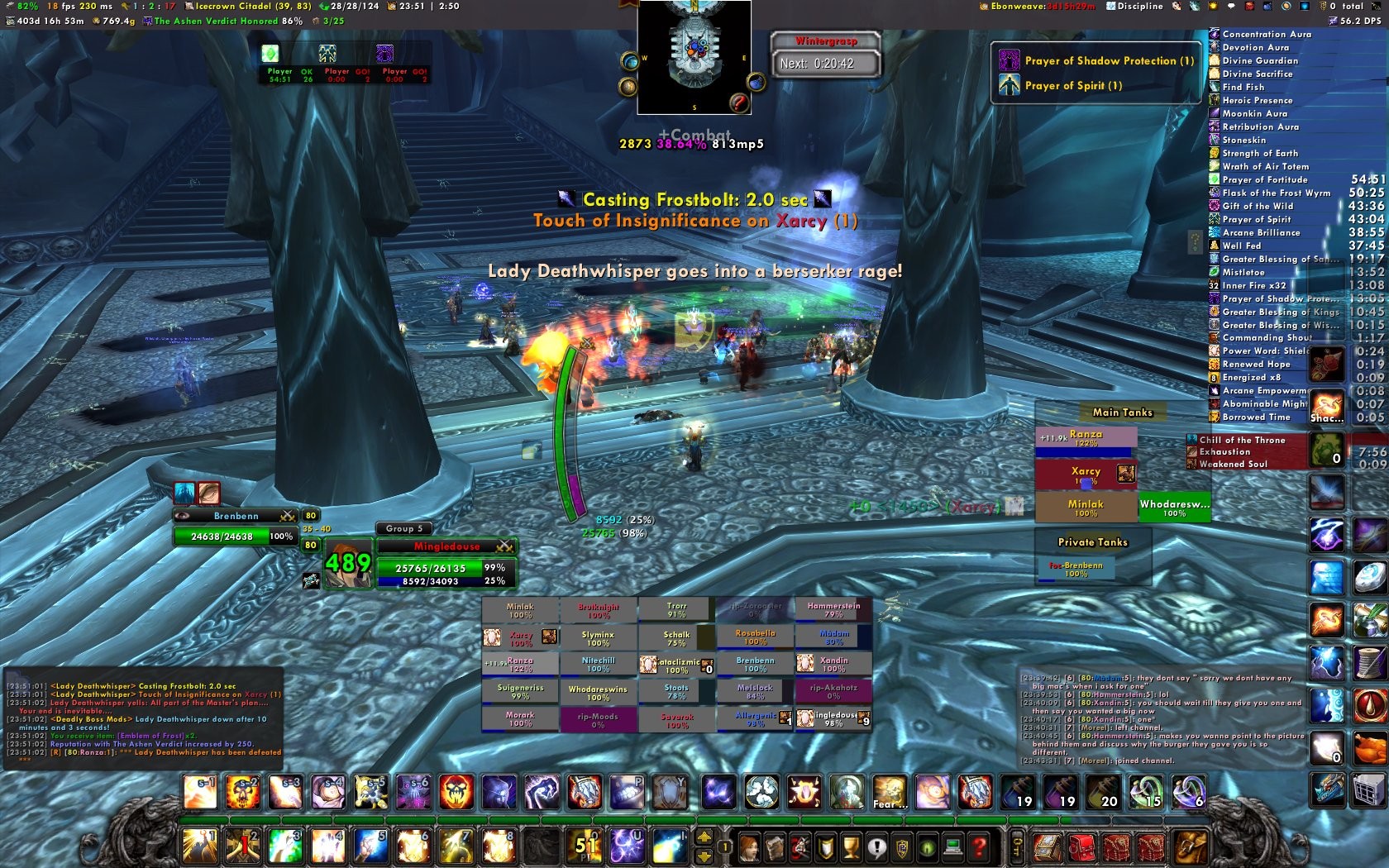
In rare instances, the developers choose to go without using any HUD elements in an attempt to create a more immersive experience.
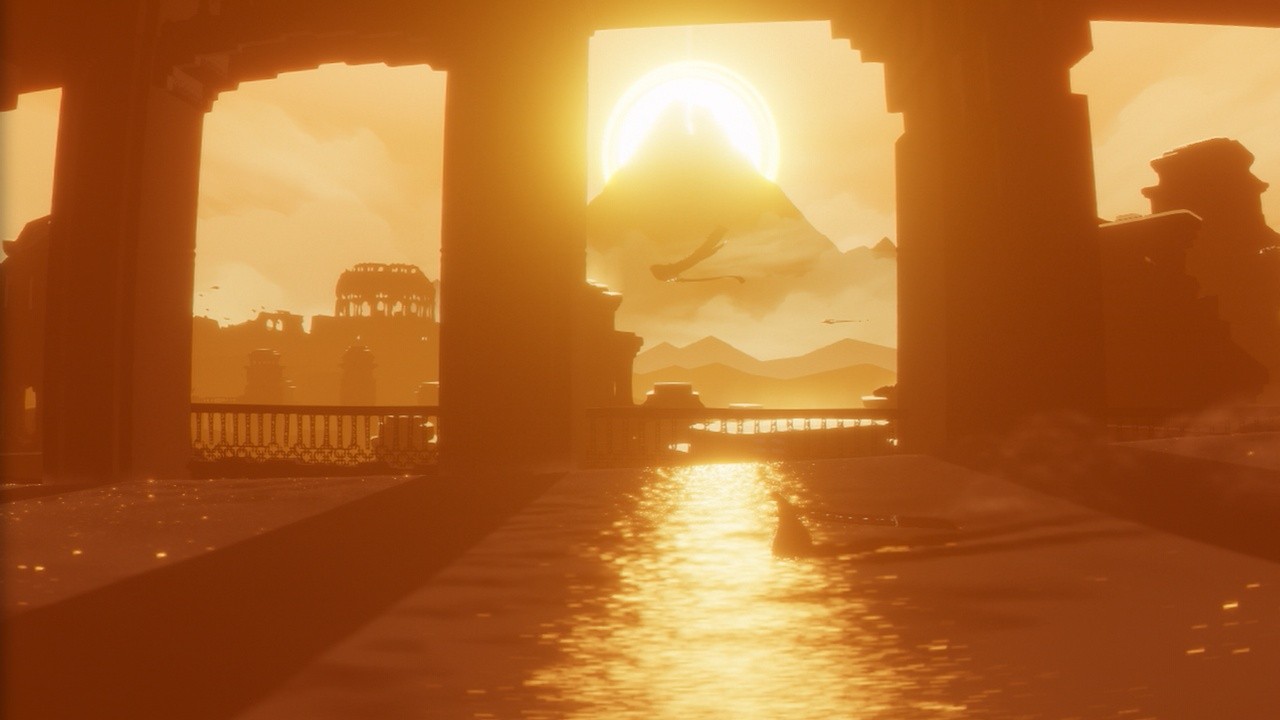
HUDs have evolved over the years to be better integrated into the overall look and feel of the game. For example, the Dead Space franchise managed to display the most crucial information the player needed right on the back of the character model.
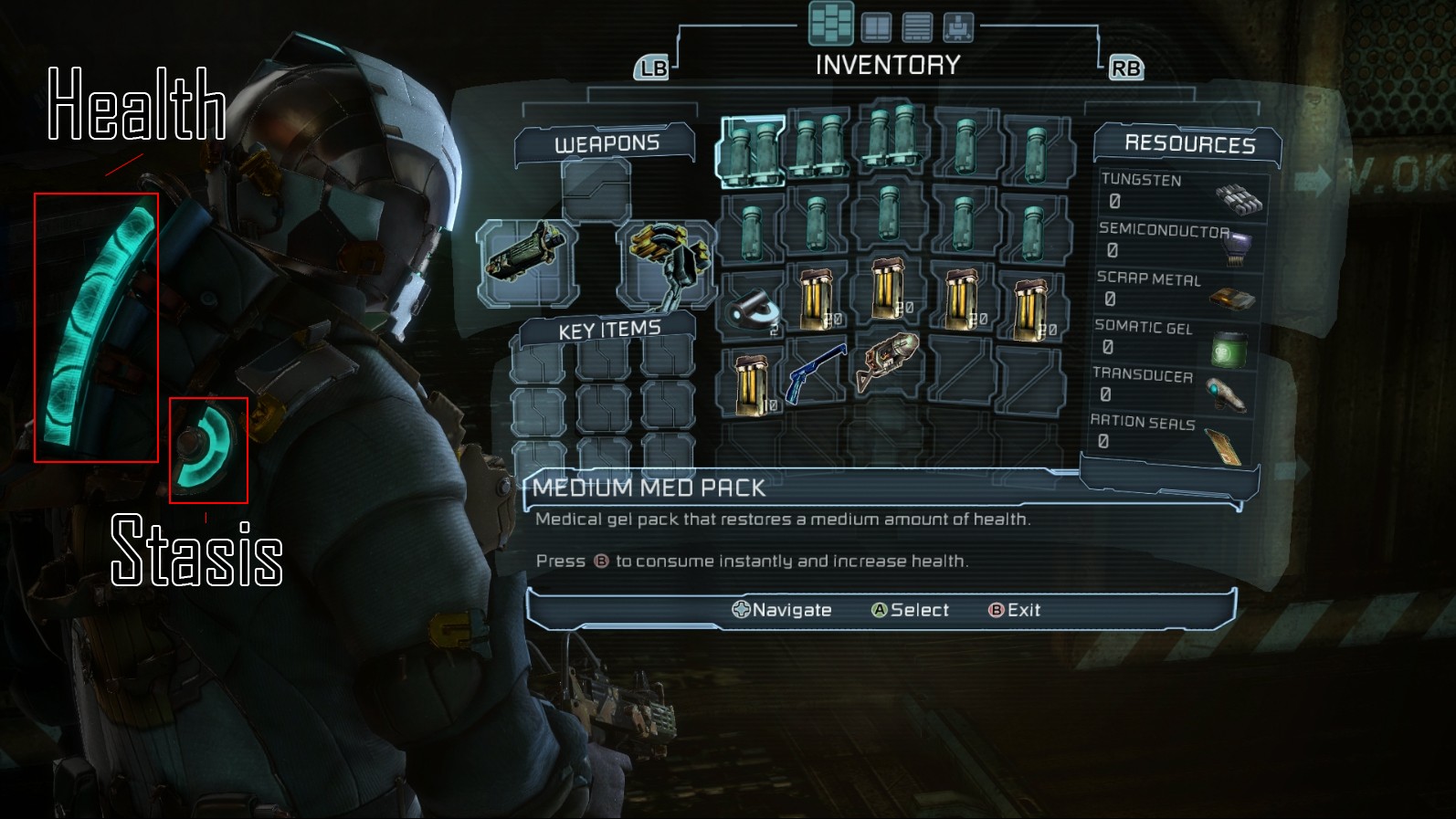
Given that Dead Space is a third person shooter, the player’s point of view during gameplay is locked to looking at the back of the character. So instead of making the HUD elements take up space in some corner of the screen, the developers expertly placed the information where it’s most visible and better yet, in a way where it makes sense in the mythos of the game world.
However, no matter how cleverly positioned it is, it’s still just a glorified health bar.
It exists to serve a singular purpose and not much more with its best nonessential contribution being that it’s not in the way.
But isn’t it odd?
If you think about it, a HUD is something the player stares at for the vast majority of the game.
Isn’t there some other purpose a HUD element could serve outside of simply feeding information to the player?
Honestly, I had absolutely no idea if there was.
At least not until I played Dragon Quarter.
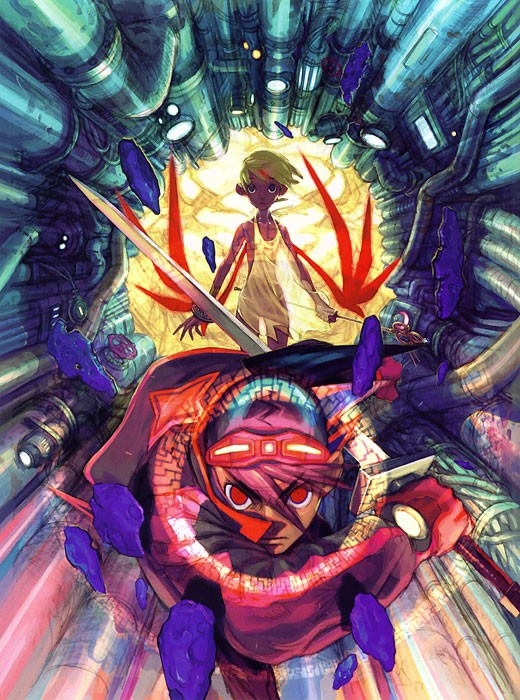
Breath of Fire is a series not many people remember which originated on the SNES. While it never garnered the popularity of more revered RPG franchises like Dragon Quest or Final Fantasy, it enjoyed enough success to put forth four sequels to the original.
On the fifth entry, titled “Dragon Quarter”, the series took a drastically different approach to the formula. While many would argue for and against this departure to the formula and how it impacted the viability of the series on the market, I’m not here to talk about that.
Instead, I want you to take a look at the upper right corner of this screenshot.
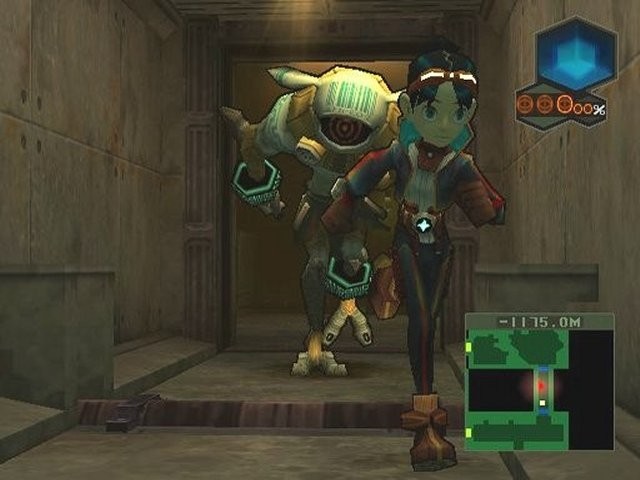
This is your life, and it’s ending one percent at a time.
That is called the “D-Gauge”.
It symbolizes the percentage of power Ryu has drawn out from the Dragon that dwells within him. It starts at zero percent the moment Ryu draws out its power for the first time and from that point on, it steadily climbs.
The more Ryu borrows the godly powers of the Dragon, the quicker it goes up and when it reaches 100%, it’s game over.
There’s absolutely no way to reduce the D-Gauge and the only thing left to do when it becomes full is to start the game from the beginning, carrying over some of the progress of the failed playthrough.
It’s a simple thing to think that not borrowing any of the Dragon’s power would be the way to go, but for the first playthrough it’s nearly impossible to beat the game without using the immense potential of the Dragon.
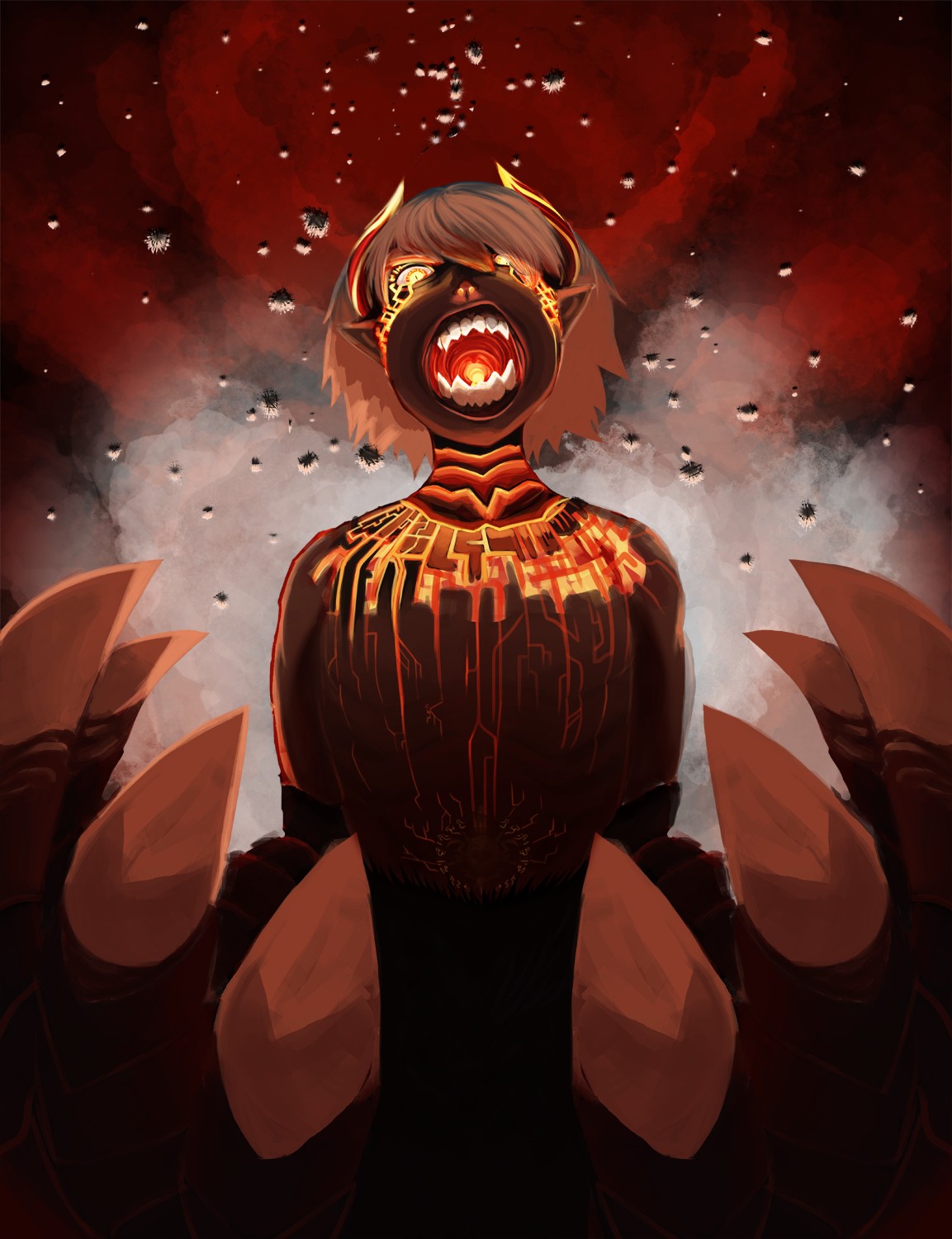
In his Dragon form, Ryu is an unstoppable killing machine with the power to take down even the final boss in a single attack.
However, if the use of the D-Gauge is not properly managed, the player could easily accumulate over 30-40% in a single fight, essentially killing their chances at finishing the game.
Given how difficult the game is, the player is constantly tempted to use the power of the Dragon, fully understanding that they are voluntarily running ever quicker to their doom whenever they choose to do so.
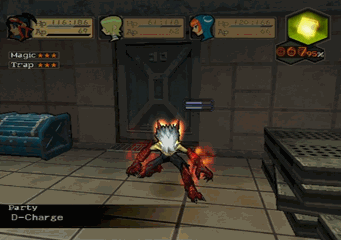
The D-Gauge sits in its corner, always going up without any possibility of ever reducing it.
It creates a constant level of tension where the player is always made aware of how close to dead they truly are whether they want to or not.
It makes the player think long and hard about each and every action that they take knowing that time is most definitely not on their side.
Then, after dozens of hours spent eyeing that D-Gauge across what is most likely multiple failed playthroughs, it uses it one last time in a surprising way.
In the finale’s climax, Ryu faces an opponent that takes every last bit of strength he can muster to take down.
In that moment, it becomes clear that the only way to win is to continuously use the power of the Dragon, going to that dreaded 100% that had been looming over the player throughout the whole experience.
During that dramatic moment, nothing needs to be said that the D-Gauge doesn’t tell the player already.
As it begins to rises above 100% in that final clash, the player immediately understands that Ryu has gone well past his limits and that after this is over, he would die.
It goes from a piece of HUD indicating how close to game over you are to a powerful storytelling
device in a moment’s notice.
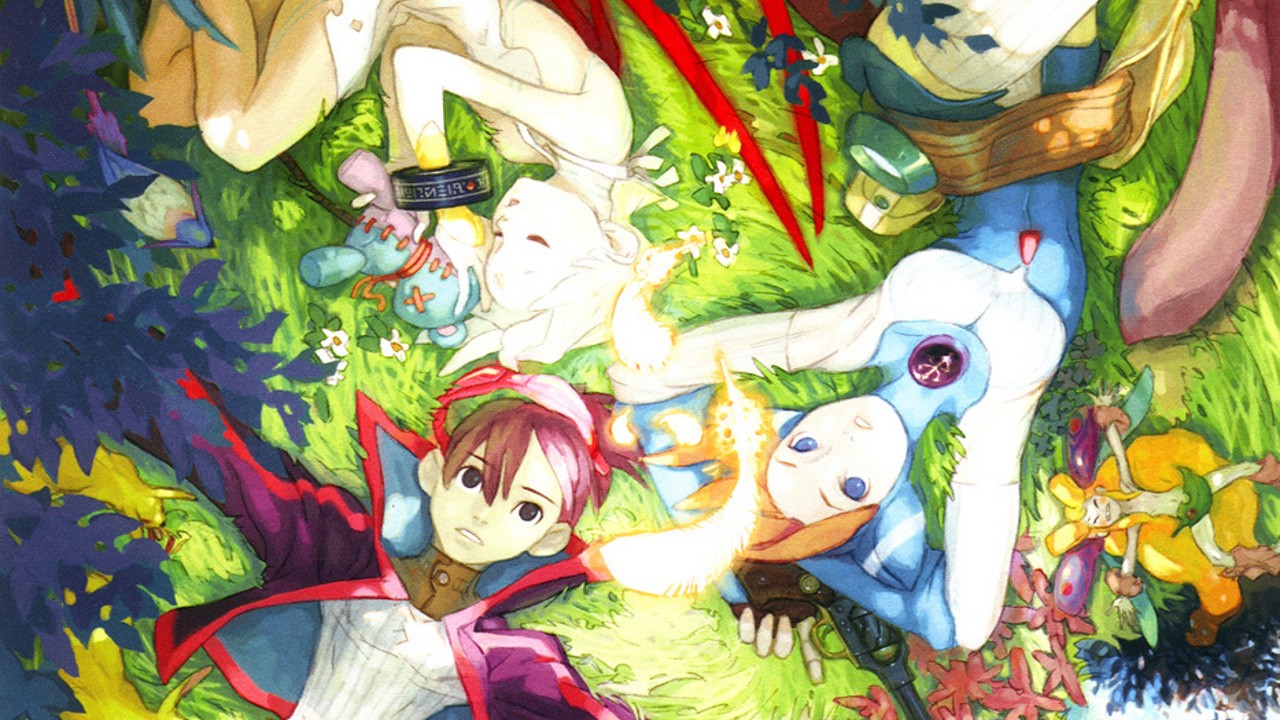
It truly is difficult to think that something as innocuous as a HUD element doing more than simply feeding factual information to the player.
In the case of Dragon Quarter, the use and implementation of the D-Gauge not only managed to shift the idea of progression to something new and innovative, it added a feeling of constant tension that helps to keep the player engaged throughout the whole experience.
Then, in that penultimate moment, it became the instrument which allows the player to immediately grasp the gravity of the situation without any utterance, or any explanation.
Brilliant.
Fun Tidbit: I’m fully aware that there is a BoF VI in the horizon but it’s for iOS/Android devices. I fear that the D-Gauge has long since hit 100% on this series as a whole.